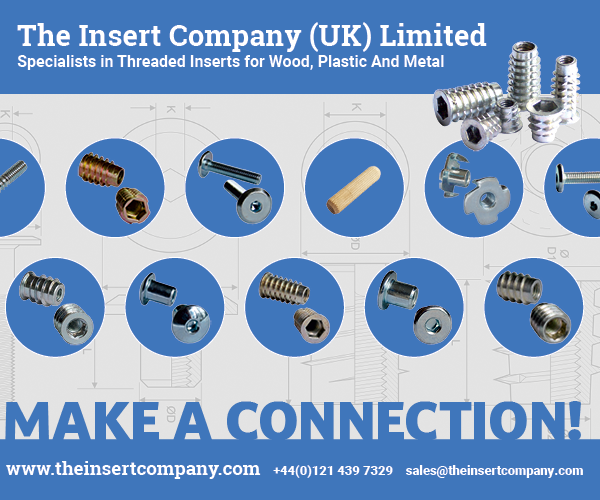Chris Franklin MD at Ranheat Engineering Ltd, a leading UK manufacturer of wood combustion equipment, continues his series of articles exclusively for Furniture and Joinery Production. This month he writes about the way in which Ranheat has met the challenges of industrial wood-waste burning ...
Ranheat has nearly always made its systems with a separate boiler/heater foundation. The boiler or heater is made using a classic “Horseshoe” design.
The boiler or heater then sits on the foundation, made from steel and firebrick-lined. The base often has an air-cooled system that pre-heats the combustion air for even greater efficiency. The combustion system, often known as the retort, slides into the base of the boiler/heater foundation.
Ranheat design and manufacture a wide range of retorts and combustion systems. The basic retort is refractory lined, then you can have refractory lined and inclined. Ranheat also make water cooled retorts, as well as moving grates and step grates.
This ability to change the combustion system can future-proof your investment in a Ranheat System against future changes in legislation and any further reductions in the allowable limits under the guidance notes. For example, prior to 2013 there was no NOx limit in the UK. The particulate limit was 200mg/m3 and it fell to 60mg/m3.
The choice of combustion systems is largely dependent on the type and form that the wood-waste comes in and also the “ash melt temperature”.
As we know, industrial wood-waste comes in many forms, from virgin timber through to MDF and MFC and also some coatings and finishes.
As wood waste is a by-product of a wood machining process, the burning of the “waste” is regulated by the local Environmental Health department or the Environment agency. In Scotland, SEPA is the controlling authority.
The type of local authority permit you require is dependent on the amount of wood and wood-based products you process (purchase) in a 12-month period. If you process more than 1,000 m3 per year you need a permit under guidance note PGN602. This is required even if you don’t have a wood-burner. If you have a wood burner this can be included in your permit.
If you fall below the 1,000 m3 limit, then the wood-burner will need a permit for a SWIP (small waste incineration plant) even if your wood-waste is 100% virgin timber it is still classed as a waste and is permitted. If the wood-burner has a throughput greater than 90 kgs/hour, then there are emission limits as laid down by the guidance note under the MCPD (medium combustion plant directive) and an annual test by an independent test house will be required as a condition of your permit.
If the plant burns between 50kgs and less than 90kgs per hour you will still need a permit but not an annual test. If less than 50 kgs/hour you need an exemption from the EA. In addition to permits, there may be some planning considerations.
All industrial chimneys, regardless of fuel, need planning permission. Some Local Authorities will call it permitted development. In addition to any planning, you will need to complete a chimney height determination to environmental health.
As part of our service, Ranheat will help you with all the permits and permissions and form filling. They can seem quite onerous but are easily complied with.
Ranheat are a manufacturer of almost all of our equipment, except the larger boilers which are made by Danstoker A/S.
By having a separate combustion system and boiler/heater foundation, the boiler of heater sits on top of the foundation and sealed with a 25mm diameter fibreglass rope seal. This allows the base and the boiler/heater to expand and contract at different rates.
This design also allows for a retort or grate repair or replacement without the need to strip down the entire boiler/heater system, making servicing quicker, easier and cheaper than integrated systems.
On systems over the 90kgs/hour there are strict limits on particulate and NOx.
DEFRA point out that the burning of woodstoves and open fires in a domestic situation gives off more particulate in the form of pm 2.5s and NOx than all of the traffic on the UK roads.
Burning wood-waste in a Ranheat automatically fed system with the correct choice of retort and grates meets the strict requirements of the MCPD for NOx and particulate.
With a Ranheat ceramic filter the particulate is reduced to 2mg/m3 against a limit of 60mg/m3 and flue gas recycling reduces the NOx significantly below the limits set by the MCPD.
Contact Ranheat for further information on all types and sizes of Industrial Woodburning equipment, from 75 kW upwards.
01604 750005









